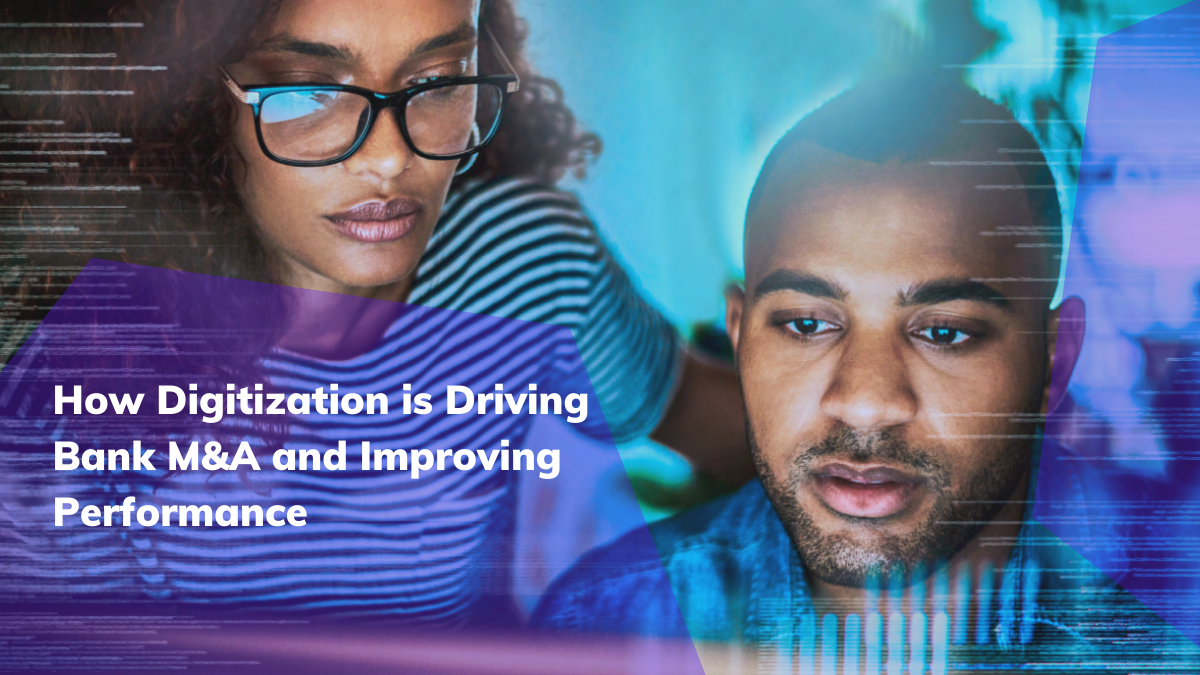During the pandemic banks had to experiment and take risks that under normal circumstances they would never have considered in order to keep operations up and running, such as rapidly deploying a range of digital tools. To the surprise of many, employees and customers enthusiastically embraced these digital offerings, accelerating technology maturity and adoption by several years. Banks suddenly had hard evidence that digitizing operations could bring enormous efficiency and scale advantages while actually serving customers with greater personalization.
These insights, in addition to capitalization changes, are contributing to a new wave of M&A activity in the U.S. as banks look to scale up quickly as the economy emerges from the pandemic. There were more than 50 deals in the first four months of 2021 with a total value of almost $25 billion, up from $6.5 billion in the same period in 2020, according to an S&P Global report.
But there is a big difference between the way banks must manage these integrations today and how they have in the past. Previously, banks had the luxury of tapping the brakes on current operations as they shifted their focus to the integration. But that is no longer possible. The world is moving too fast. Bankers need agility—the ability to change or modify capabilities quickly —to keep all their operations humming, even accelerating, as they also pursue a rapid, effective integration that captures all the anticipated value of the deal. For example, the CARES Act which introduced small business loan funds during the pandemic, forced banks to implement a solution to support the loan program in just 90 days.
Please fill out the form to access the content
Resource Sponsored By


